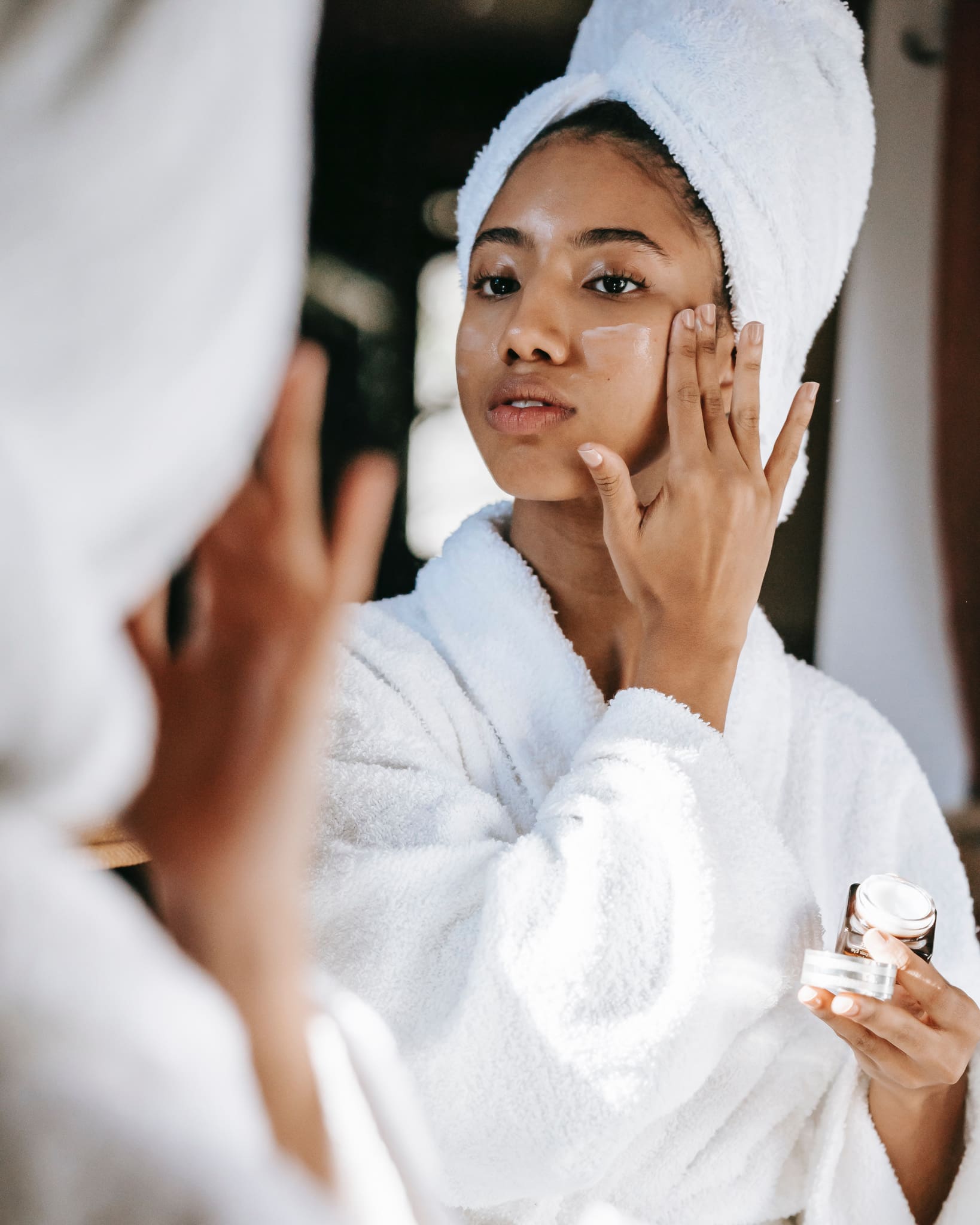Sora Shimazaki
Pexels
If you can’t handle a multi-step beauty regimen, don’t fret. A pared-back routine isn’t just OK, it’s expert approved.
A robust beauty regimen has a certain appeal to it, but sometimes, even with our best intentions, consistently hitting 12 steps in our daily skincare routine can be taxing, time-consuming, and impossible. It can even feel egregious when we neglect the products on our shelves we painstakingly accumulated. Skincare is self-care after all and if we’re not taking the time to care for our skin, are we also skimping on taking care of ourselves? Dr. Francesca Sy-Alvarado, founder of Quad Clinic and board-certified dermatologist, assures me that a stripped-down, simple skincare routine is nothing to be ashamed about. In fact, it’s even recommended. “Simpler is better,” she says. “[For] one, it’s easier to follow.” It’s also quick, perfect for those on the go, and easier on the budget.
Aside from practical benefits, simple also means there’s a better likelihood that it’ll be consistent. Dr. Kathryn Cembrano-Mamaclay, a board-certified dermatologist and dermatologic and laser surgeon, explains, “Skincare is largely about consistency. If you keep switching products, more often than not, you are not able to maximize its full effects.” She adds that because active ingredients in most over-the-counter products are formulated at low concentrations, it’ll take a steady, consistent routine to even see results.
Dr. Cembrano-Mamaclay also warns against multi-step routines that entail combining certain ingredients that nullify desired effects, or, worse, damage the skin. “In most cases I’ve seen, [a] multi-step routine offers the danger of piling on several skin actives (AHAs, BHAs, PHAs, retinoids, and its derivatives) without the user knowing its possible irritating side-effects,” she explains. “Once they experience burning, itching, or acne breakouts, they end up discontinuing everything and throwing away hard-earned cash.” So if you’ve had a difficult time figuring out safe product permutations, a simple routine definitely reduces the risk of triggering various irritants.
How Do You Choose Products?
The first step is determining your skin type. Most people can tell if their skin is dry or oily, but for those at a loss, it’s best to get help. Dr. Cembrano-Mamaclay says you can even see a doctor for that. “A proper consult with a board-certified dermatologist can help guide you through the process of determining whether you have normal-to-combination type skin, dry/sensitive skin, or oily and acne-prone skin.”
Determining skin type narrows down the types of products you need. Many websites, like Sephora, offer clients the option to purchase by skin type. But if you’re shopping sans a guide, a good rule of thumb is to check the product’s ingredients and consistency. Dr. Cembrano-Mamaclay breaks it down: gel-type formulation is typically suited for oily skin while creamier formulations are better for dry skin. It’s because, per the doctor, “The vehicle or substance greatly affects the tolerability and efficacy of the product on your face.”
So what does a “simple” routine actually look like? Cleansing, moisturizing, and protecting. Below, we break down each step and which products to try.
Step 1: Cleansing
Many old wives’ tales warn against leaving makeup on before going to bed and it’s passed on for a reason. Dirt accumulates on our faces throughout the day and letting it sit on our skin often leads to problems down the line. “Even if we’re not outdoors, our skin continuously secretes oil [and] sweat and is exposed to dirt in our surroundings,” Dr. Cembrano-Mamaclay says. “Cleansing is important because it removes dirt, excess sebum or oil, and other impurities without compromising our skin barrier.”
In terms of ingredients, she adds, “Steer clear of products that are heavily fragranced or contain physical exfoliants as these are generally not advisable for everyday use. For oily-type skin, I would suggest those that contain salicylic acid which are oil-soluble and can help unclog pores, thereby preventing formation of comedones (precursors of acne).” For those dealing with dry skin, “moisturizing” is your key word. She advises to look for products with glycerin and ceramides which “help draw in moisture and protect the skin barrier.”
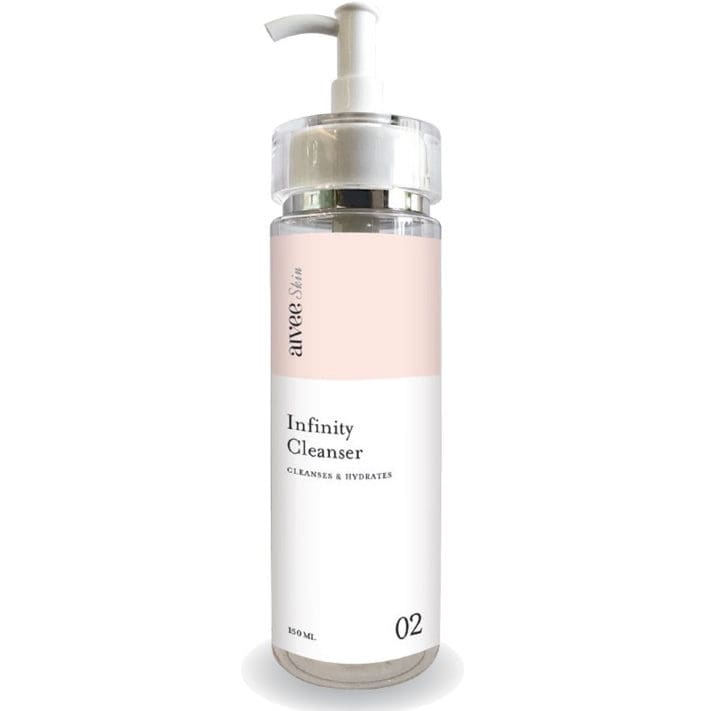

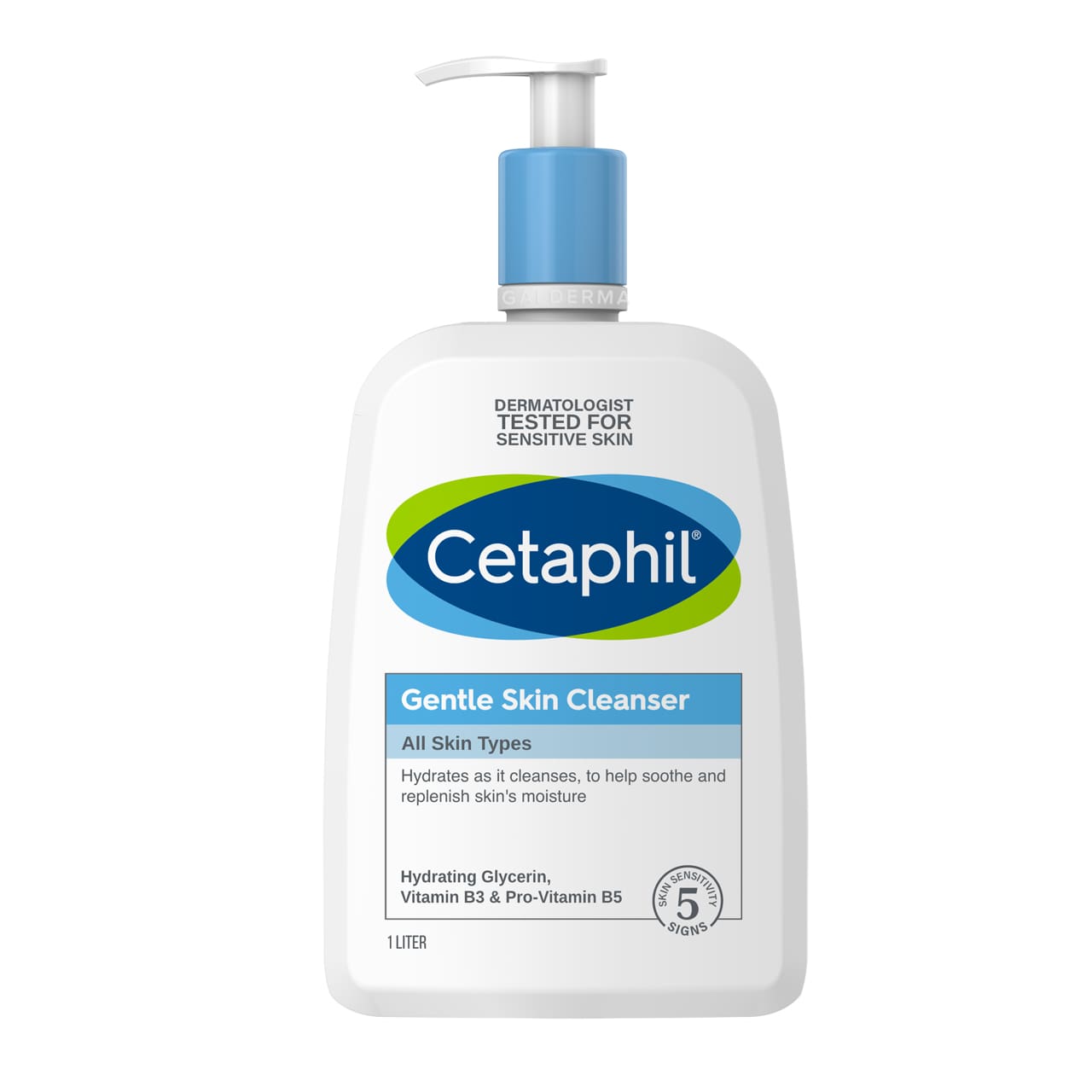
Step 2: Moisturizing
Another holy grail tip passed down from generation to generation is: moisturize, moisturize, moisturize. “Our skin undergoes transepidermal water loss on a day-to-day basis,” Dr. Cembrano-Mamaclay says. Moisturizers help hydrate the skin. “They help fill in the gaps between our skin cells, bringing back that smooth and supple texture we all want to achieve,” she says. They also act as a cushion for drying or irritating ingredients in other skincare products. “They allow for better tolerability of most the active ingredients that we prescribe that often have drying or irritating side-effects,” she says.
For tropical climes like ours, she has an added tip: the key is choosing “the proper formulation” or applying it “sparingly on areas where you need it most.”
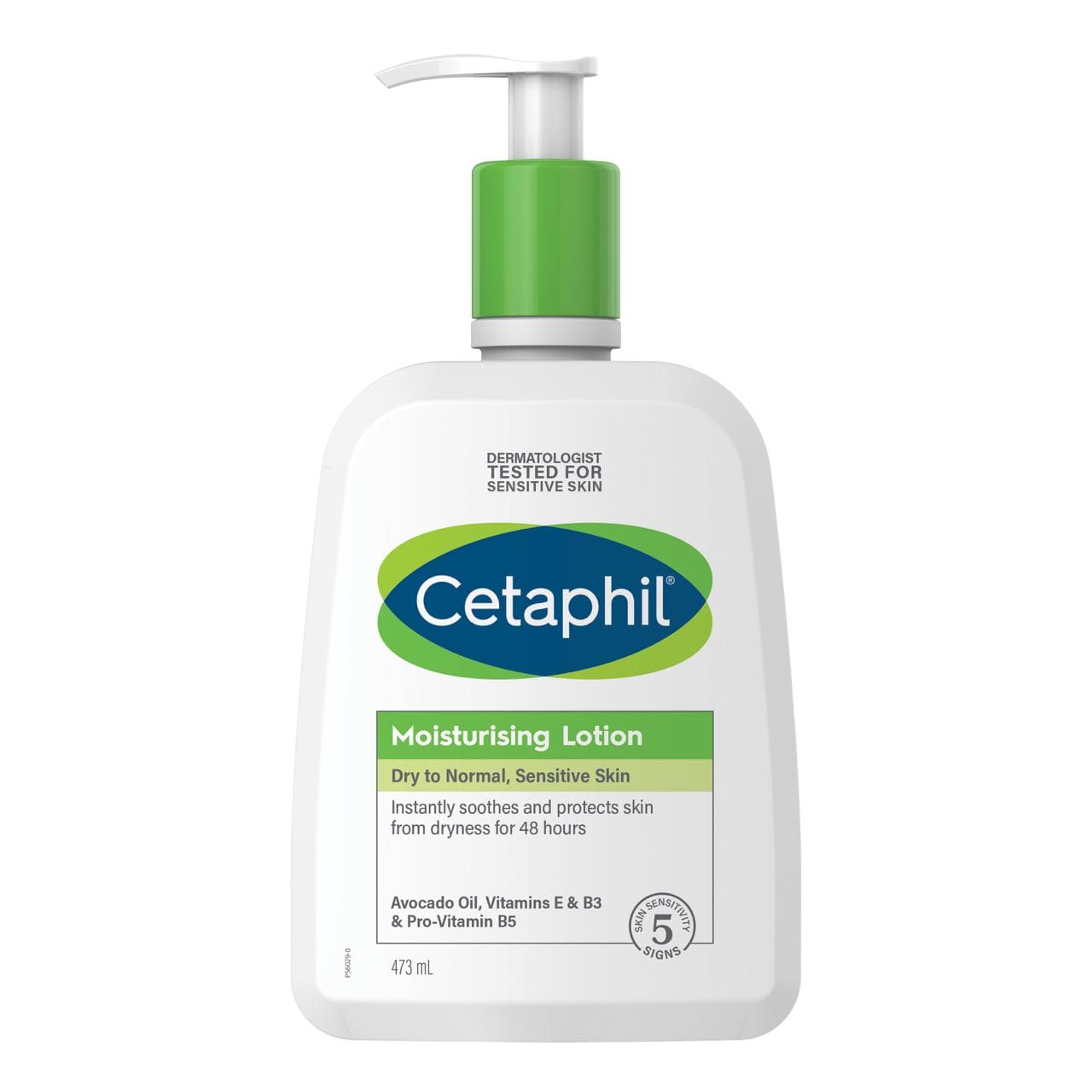
Step 3: Protecting
The final crucial step is to use SPF. Everyday, our skin gets exposed to UV radiation, which damages skin in various ways. It causes premature skin aging, dyspigmentation, skin malignancies, and could even lead to skin cancers. “Even when we are indoors, UVA radiation can still penetrate through glass,” Dr. Cembrano warns. “Although less commonly seen on Asian skin because of the innate protection we get from our skin’s relatively higher melanin content (compared to lighter-skinned individuals), cumulative DNA damage to our skin cells can still put us at risk for developing skin malignancies.”
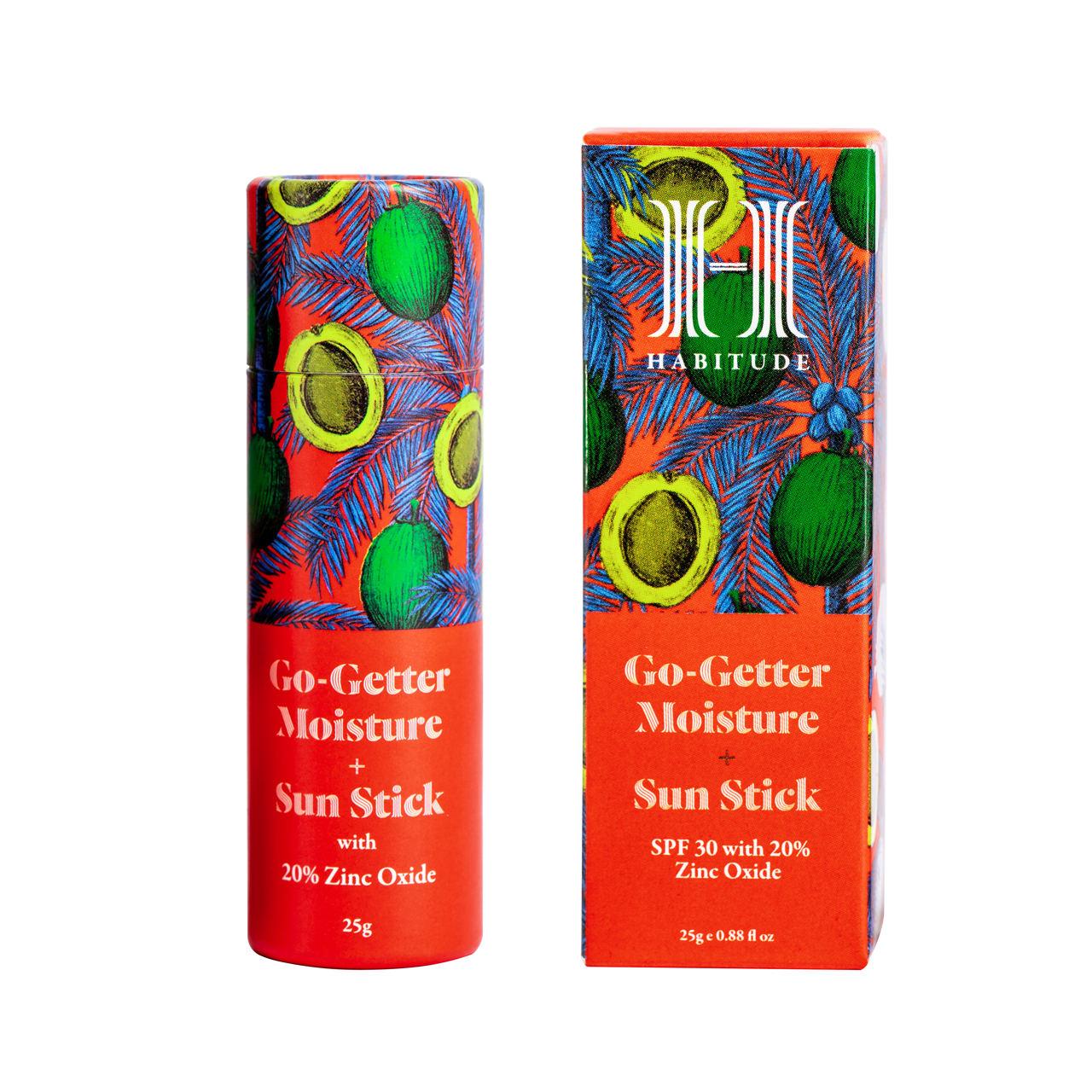
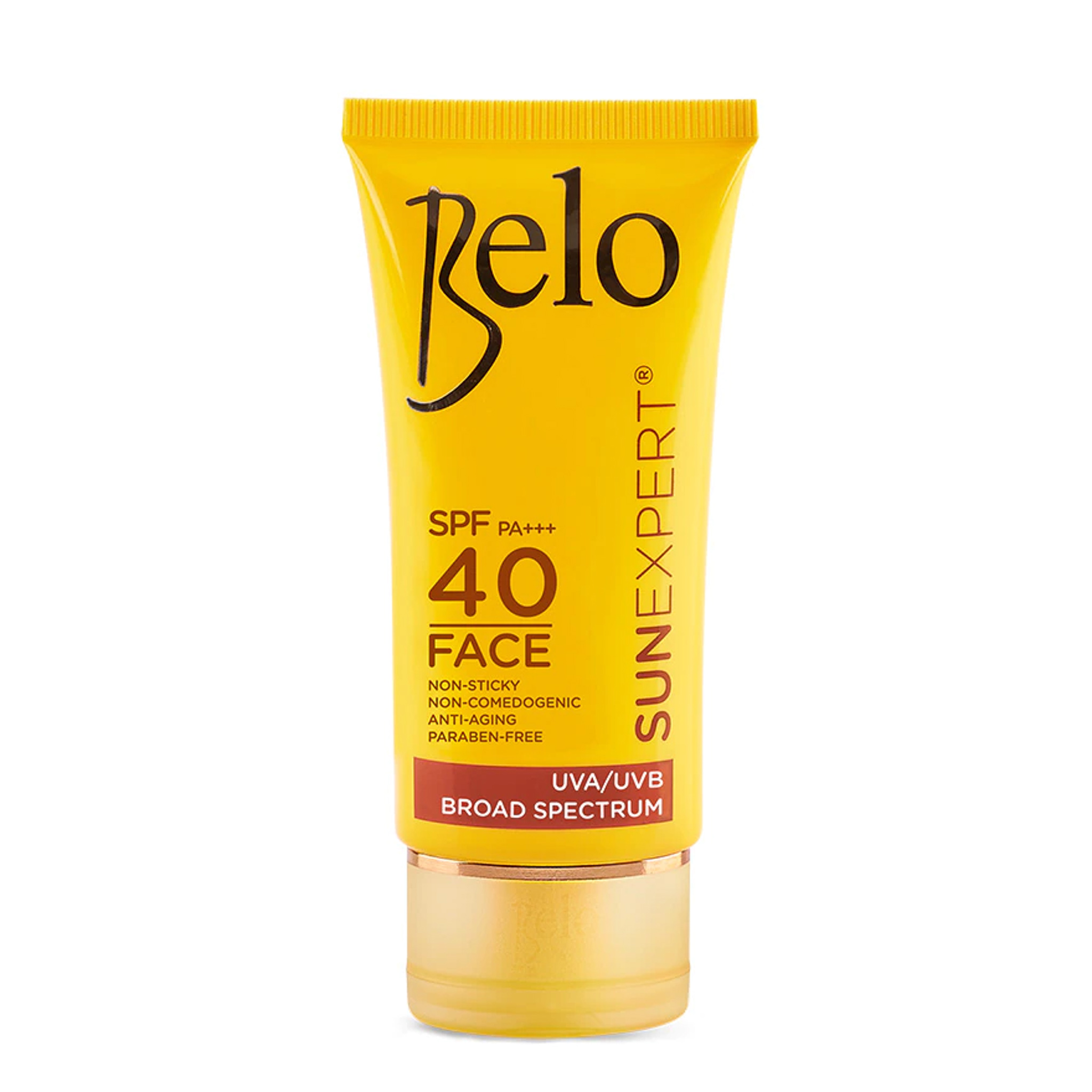
For nightly rituals, Dr. Cembrano-Mamaclay says you can forgo sunscreen and potentially swap this out for another cleanser or prescription retinoids. “It may be better to invest in a product to double cleanse your face such as micellar water or balm cleansers (if you are fond of waterproof makeup). Another option is to add a retinol product or prescription retinoids which are primarily recommended to be applied in the evenings as they can make skin more sensitive to the sun and is rendered inactive by sunlight exposure.”
If you have more time and more headspace to add another step, Dr. Cembrano-Mamaclay recommends expanding this skincare triad with another step. “A fourth step that I usually add is to ‘treat,’ especially if my patient has any particular skin concerns like eczemas or acne.” So that’s: cleanse, treat, moisturize, and protect.
At the end of the day, the best beauty routine is idiosyncratic and is one that fits your needs and lifestyle best. It’s not about the robustness of the ritual, but how targeted each product actually is. According to Dr. Sy-Alvarado, “[If] it already targets your main concerns, you don’t need to explore other ingredients.” Or steps.
